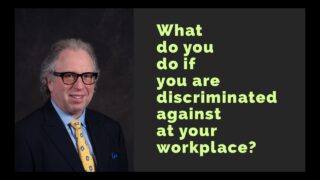Diversity in the Boardroom: Minorities and Women Grapple with Wage Gap
According to the latest data released by Catalyst on May 1 this year, whereas in the top S&P 500 companies, women comprise almost 44.7% of the workforce, only 5% of women hold any position equivalent to that of a CEO. Likewise, 89% of top earners in the corporations happen to be men.




